11 Home Remedies To Get Rid Of Belly Button Infection
Follow these simple home remedies to keep your belly button happy and healthy.
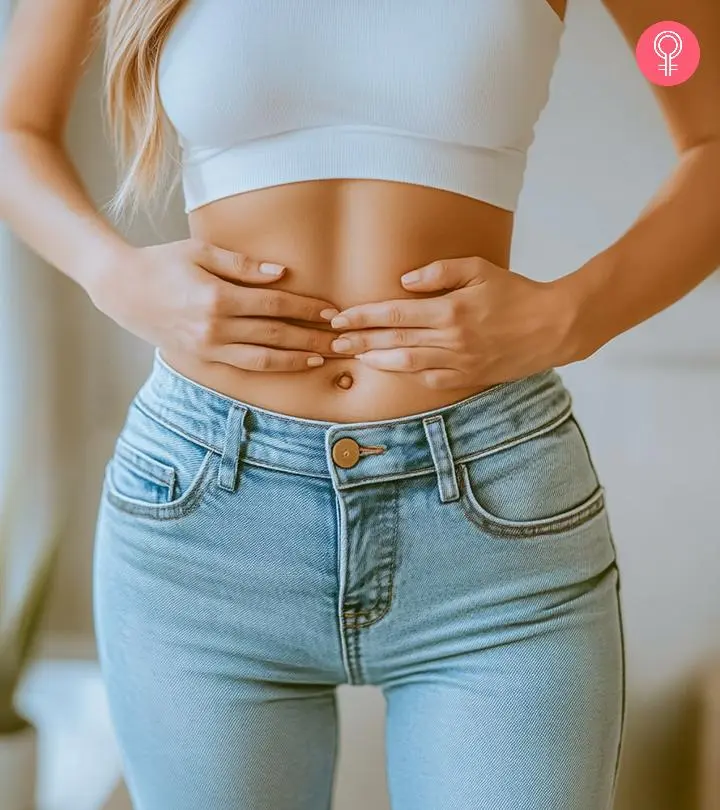
Image: Midjourney/ StyleCraze Design Team
A belly button infection can be caused by a buildup of dirt or bacteria. Even if you don’t pay much attention to your belly button, the warning signs and symptoms indicated below must be handled right away to avoid more serious problems later on. Dr. Anna Chacon, a double board-certified dermatologist and a Fellow of the American Academy of Dermatology, says, “Yeast infections in the belly button are not frequently infectious. Those with compromised immune systems should exercise extra caution near people who have yeast infections. They are at a higher risk of contracting an infection.” In this article, we have listed the best home remedies for a belly button infection. Keep reading to learn more!
In This Article
What Causes An Infection In The Belly Button?
It might sound surprising, but there are numerous bacteria living inside your belly button that usually don’t cause any problems in healthy individuals.
However, some factors can contribute to the development of belly button infections.
Depending on the cause, belly button infections are classified into the following types:
- Bacterial Infection: Sweat, lint, or residues of cosmetic products can lead to bacterial growth and infection in the belly button. If you notice a brown or yellow discharge from your belly button, it is an indication of a bacterial infection.
- Sebaceous Cysts: The formation of a sebaceous cyst in your belly button may also lead to an infection. These cysts are easily infected upon scratching.
- Fungal Infections (Red Belly Button): Fungal infections, such as those caused by Candida, can occur anywhere in the body, including the belly button. If your belly button turns red and tender, it is a sign of a fungal infection.
A study conducted on 44,689 participants found that more than 94 million people in Europe report having itchy, burning, or dry skin. Furthermore, the most prevalent conditions in people over 18 were fungal skin infections (8.9%), followed by atopic dermatitis or eczema (5.5%) and acne (5.4%) respectively.
- Urachal Cysts: The infection of the duct within the umbilical cord that enables the drainage of urine from the fetus is referred to as a urachal cyst.
- Diabetic Infection: If you notice a cottage cheese-like discharge from your belly button, it means that you have developed an infection as a result of diabetes. Dr. Chacon says, “Diabetes and high blood sugar levels can also have an impact on one’s belly button health. Individuals with diabetes are more prone to infections, and the illness may also hinder infections from healing quickly.”
Certain factors can also increase your risk of developing a belly button infection. They include:
- An infected belly button piercing
- Poor hygiene
- Obesity
- Touching the belly button frequently
- An abdominal surgery
- A wound or injury near the belly button
- Type of clothing
- Pregnancy
Those affected by a belly button infection may experience the following signs and symptoms.
Key Takeaways
- Belly button infection might be caused by various factors such as bacterial or fungal infection.
- Applying neem leaves and tea tree oil on the infected area may help fight bacteria and fungus.
- Apple cider vinegar and yogurt may help combat belly button infections due to their antibacterial properties.
- Keeping the area clean and dry is important to prevent belly button infections.
- Avoid wearing tight, synthetic clothing that may trap moisture and create a warm environment for bacteria to grow.
Signs And Symptoms Of A Belly Button Infection
- Pain in the belly button
- Inflammation and swelling of the belly button
- Skin turns warm
- Itching or tingling sensation in the belly button
- Greenish, yellowish, or brownish discharge from the belly button
- Unpleasant smell from your navel
- Nausea and dizziness
- Belly button bleeding
Nobody likes to harbor infection. In fact, you will want to get rid of it at the earliest. If you wonder, “Will a belly button infection go away on its own?” Yes, sometimes it does, However, we have listed a few home remedies to treat your belly button infection naturally.
11 Best Ways To Treat A Belly Button Infection Naturally
- Coconut Oil
- Salt Water
- Warm Compress
- Essential Oils
- Hydrogen Peroxide
- White Vinegar
- Aloe Vera
- Turmeric
- Indian Lilac (Neem)
- Rubbing Alcohol
- Calendula
1. Coconut Oil
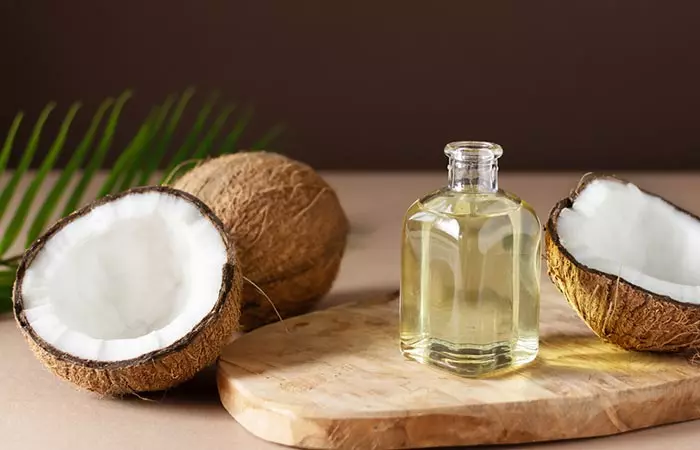
Coconut oil contains medium-chain fatty acids that exhibit excellent anti-inflammatory and antimicrobial properties (1). A study published in Pharmaceutical Biology (2010) examined the medicinal properties of virgin coconut oil (VCO), which is extracted from coconut milk without chemicals or high heat. The research found that VCO has moderate anti-inflammatory effects, reducing swelling in acute and chronic inflammation models in rats. It also showed a pain-relieving (analgesic) effect in tests involving induced discomfort and a fever-reducing (antipyretic) effect in yeast-induced fever. These findings suggest that VCO may have potential therapeutic uses for managing inflammation, pain, and fever (2). These properties not only fight the infection-causing microbes but also help in healing the inflammation and swelling in the belly button.
You Will Need
Coconut oil (as required)
What You Have To Do
- Take a little coconut oil on your fingers and apply it directly to your belly button.
- Leave it on and allow your skin to absorb the oil.
How Often You Should Do This
Do this multiple times daily.
2. Salt Water
A saline solution helps reduce the moisture inside your belly button, preventing further infection
. Salt has antimicrobial and anti-inflammatory properties (3), (4). This can help combat the existing infection as well as itching and inflammation in the belly button.
You Will Need
- 1 teaspoon of salt
- 1 cup of warm water
What You Have To Do
- Add a teaspoon of salt to a cup of warm water and mix well.
- Put a few drops of this saline solution in your navel.
How Often You Should Do This
You can do this several times daily until you get relief.
3. Warm Compress
A hot compress has many uses. From combating microbial infections to relieving pain and inflammation – it can do it all. Hence, you may also use a hot compress to get rid of a belly button infection (5).
You Will Need
- Hot water
- A clean washcloth
What You Have To Do
- Take a clean washcloth and dip it in medium-hot water.
- Wring out the excess water and place the warm compress directly on your belly button.
- Leave it on for a few minutes. Repeat as required.
How Often You Should Do This
You can do this 2 to 3 times daily.
4. Essential Oils
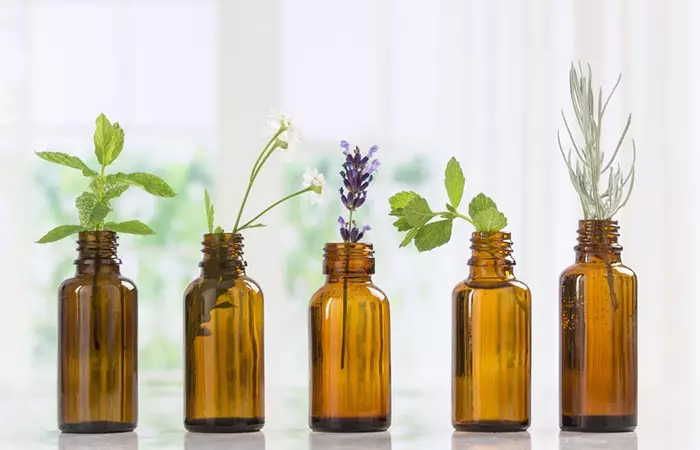
a. Tea Tree Oil
Tea tree oil is another excellent remedy to treat a belly button infection. It possesses antifungal, antibacterial, and anti-inflammatory properties (6). A study published in Free Radical Research (2004) explored the anti-inflammatory and antioxidant effects of tea tree essential oil (EO) on human immune cells. The researchers found that at a 0.1% concentration, the EO may help eliminate more bacteria and reduce radical damage (7). These properties can help kill the infection-causing microbes and provide relief from itching, swelling, and pain.
You Will Need
- 2-3 drops of tea tree oil
- 1 teaspoon of coconut oil
What You Have To Do
- Add a few drops of tea tree oil to a teaspoon of coconut oil and mix well.
- Apply this mixture directly to the infected belly button.
- Leave it on for 15 to 20 minutes.
- Wipe it off.
How Often You Should Do This
Do this 2 to 3 times daily for faster recovery.
b. Peppermint Oil
The soothing properties of peppermint essential oil can relieve inflammation. It also has antimicrobial properties that can help eliminate the microbes causing the infection in your belly button (8).
You Will Need
- 2-3 drops of peppermint oil
- 1 teaspoon of coconut oil
What You Have To Do
- Mix peppermint oil with coconut oil.
- Apply this blend to your belly button and leave it on for 10 to 15 minutes.
- Wipe it off with a tissue.
How Often You Should Do This
You can do this 2 to 3 times every day.
5. Hydrogen Peroxide
Hydrogen peroxide is especially useful if you are dealing with a pus-filled cyst in your belly button. Its antiseptic properties can combat the infection while its drying properties can speed up the healing of the cyst (9), (10).
You Will Need
- 1 tablespoon of 3% hydrogen peroxide
- 1-2 tablespoons of water
- Cotton pads
What You Have To Do
- Mix the hydrogen peroxide with water.
- Soak a cotton pad in it and apply it to your belly button.
- Leave it on and allow it to dry naturally.
How Often You Should Do This
Do this only once daily.
6. White Vinegar
The presence of acetic acid in vinegar imparts antiseptic properties to it, thereby helping it fight the infection-causing microbes. It also has natural disinfectant properties (11). This can help in treating a belly button infection
You Will Need
- 1 tablespoon of white vinegar
- 2 tablespoons of water
- Cotton pads
What You Have To Do
- Mix a tablespoon of white vinegar and two tablespoons of water.
- Soak a cotton pad in this mixture and apply it directly to the affected area.
- Leave it on for 15 to 20 minutes.
- Rinse it off with water.
How Often You Should Do This
Do this 2 to 3 times every day until the infection is treated.
7. Aloe Vera
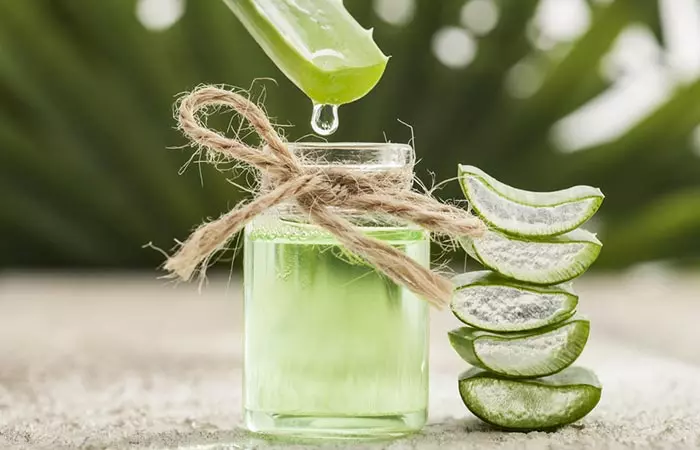
Aloe vera gel is widely known for its wonderful healing properties. The plant contains more than 200 ingredients of medical importance, which exhibit anti-inflammatory and antimicrobial properties (12), (13), (14). These properties can help in healing an existing belly button infection while also relieving the inflammatory symptoms.
You Will Need
Aloe vera gel
What You Have To Do
- Apply aloe vera gel directly to the affected area.
- Leave it on for 15 to 20 minutes, after which you can wash it off with water.
How Often You Should Do This
Do this 2 to 3 times daily.
8. Turmeric
Turmeric is one of the best remedies to treat a belly button infection. It contains curcumin that exhibits powerful antimicrobial and anti-inflammatory properties (15), (16), (17). It can also speed up healing and reduce the swelling, itching, and inflammation caused by the infection in your belly button (18).
You Will Need
- 1 teaspoon of turmeric powder
- Water (as required)
What You Have To Do
- Mix a teaspoon of turmeric with enough water to make a thick paste.
- Apply the paste directly to your belly button.
- Allow it to dry and then rinse it off with water.
How Often You Should Do This
Do this at least once daily.
 Quick Tip
Quick Tip9. Indian Lilac (Neem)
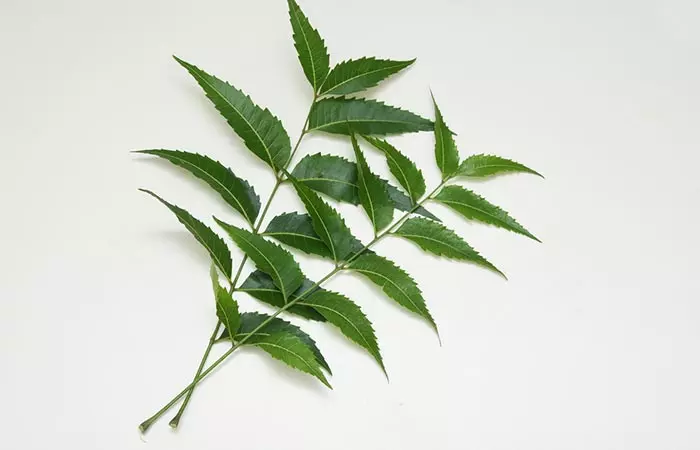
Neem is widely used to treat various ailments due to its powerful antimicrobial and anti-inflammatory properties (19). A study in Genes & Nutrition (2010) examined the effects of methanolic neem (Azadirachta indica) leaf extract on human leukemia cells. The extract blocked the NF-κB pathway which is responsible for inflammation and cancer. It prevented harmful signals that could cause cell death. These results suggest that neem extract may help reduce inflammation and fight cancer (20). It not only accelerates healing but also relieves itching and inflammation in the belly button.
You Will Need
- A handful of neem leaves
- Water
- A pinch of turmeric (optional)
What You Have To Do
- Grind a handful of neem leaves with water to form a smooth paste.
- You can also add a pinch of turmeric to this paste for added benefits.
- Apply the paste to the infected belly button and leave it on for 15 to 20 minutes or until it dries completely.
- Wash it off with water.
How Often You Should Do This
Do this 1 to 2 times daily.
10. Rubbing Alcohol
The antiseptic nature of rubbing alcohol (isopropyl alcohol) disinfects and sterilizes the belly button, which prevents the infection from spreading further (21).
Caution: Rubbing alcohol can dry your skin and must not be used more than twice daily.
You Will Need
- Rubbing alcohol
- Cotton pads
What You Have To Do
- Take a few drops of rubbing alcohol on a cotton pad and apply it directly to the affected area.
- Leave it on to be absorbed.
How Often You Should Do This
Do this 1 to 2 times daily.
11. Calendula
Calendula is widely used in traditional medicines for treating wounds, infections, and mild skin conditions due to its anti-inflammatory and antimicrobial properties (22). It may also help speed up the wound-healing process without any potential side effects (23).
You Will Need
- 2 tablespoons of dried calendula flowers
- 1 cup of any carrier oil (coconut, olive, jojoba, etc.)
What You Have To Do
- Add the carrier oil to a pan and heat it until it is warm but not boiling.
- Add dried calendula flowers to a glass jar and pour the oil over them.
- Let the oil infuse for a few days and strain the flowers.
- Apply a little bit of the oil directly to your belly button.
- Leave it on and allow your skin to absorb the oil.
How Often You Should Do This
Do this 1 to 2 times daily.
You can also use other natural ingredients like garlic, neem oil, and chamomile tea to manage skin infections as they have potent antimicrobial properties (24)(25)(26). These remedies can help you combat the infection and the associated inflammation. If you got a piercing lately or have diabetes, your chances of developing a belly button infection are higher. Hence, you may want to follow these prevention tips.
Prevention Tips
- Wash your hands before touching your belly button piercing.
- Do not sleep on your tummy.
- Wear loose clothes made of natural fabrics.
- Shower daily.
- Rinse yourself thoroughly and make sure there are no residues of soap left in your navel.
- Reduce your intake of processed foods if you are prone to Candida infections.
- Stay away from public pools for a while after getting your belly button pierced.
- Avoid junk food and have more raw fruits and veggies.
Anna Misztela, Licensed Esthetician, “Keeping the belly button clean and dry is essential to prevent bacterial and fungal growth that can lead to recurring infections. Avoid using harsh soaps that may irritate the area and opt for gentle cleansing with mild antibacterial soap. Wearing breathable clothing and ensuring the area stays dry after showering can also reduce the risk of infections.”
 Did You Know?
Did You Know?If the infection shows no signs of healing, you must get medical help immediately to avoid serious side effects in the long run.
When To See A Doctor
If your symptoms do not stop at a bad odor, and you experience any of the following signs, please consult your doctor immediately:
- Fever
- Inflammation and pain near the belly button piercing
- Pain while urinating
- Worsening of the existing symptoms
Infographic: Causes And Medical Treatment Of Belly Button Infections
There are many reasons for belly button infections, such as bacterial and fungal infections or dirt. Therefore, the treatment for this condition depends on its root cause. Check out the infographic below to learn how to treat belly button infections. Illustration: StyleCraze Design Team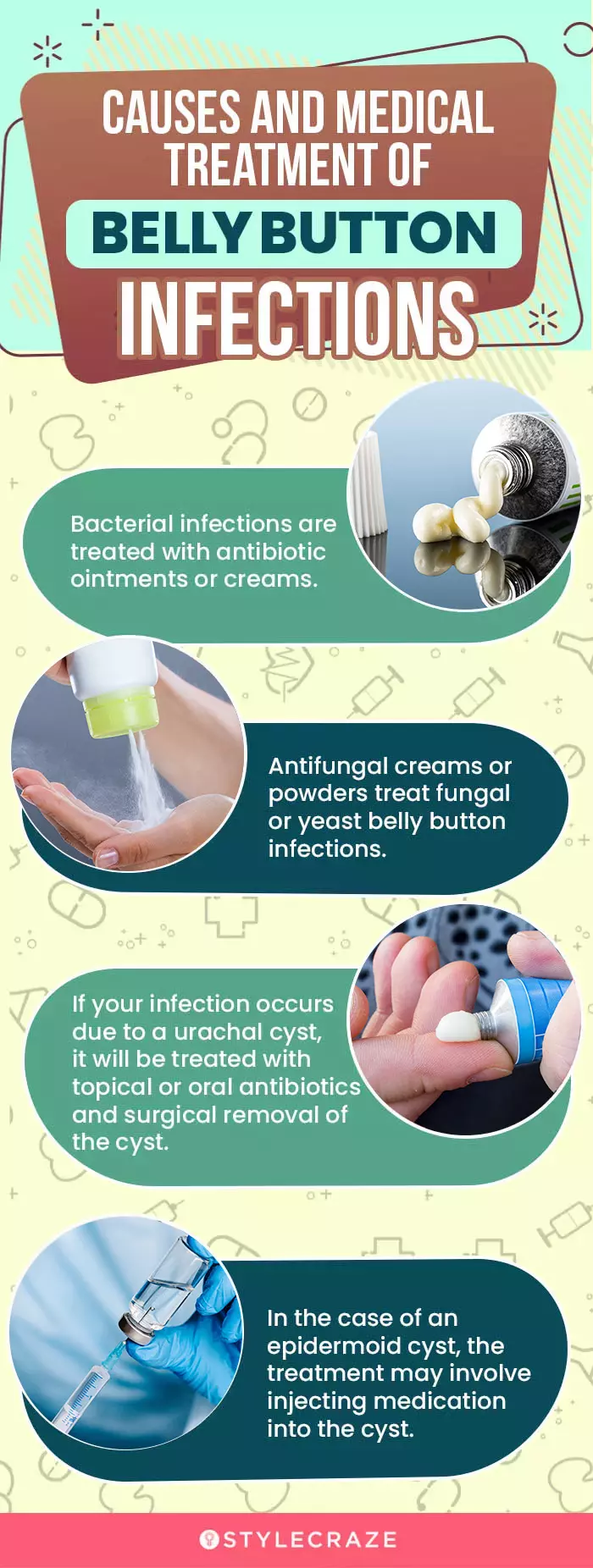
Belly button infections can be bacterial, fungal, diabetic, or due to build-up of dirt and cysts. Poor hygiene, belly button piercings, wound, or surgery may increase the chances of getting an infection. Coconut oil, warm compress, essential oils, vinegar, and turmeric are a few common ingredients that can help you with inflammation and pain relief. Make sure to consult a doctor if the symptoms persist or worsen further.
Frequently Asked Questions
Can a belly button infection lead to sepsis?
According to Dr. Chacon, “Sepsis occurs when germs enter the circulation (the circulating blood in a circulatory system).” Sometimes, an injury, such as a belly button piercing may lead to an infection. So, it’s important to learn how to clean belly button piercing properly to avoid any risk of infection and sepsis.
What should I do if a belly button infection doesn’t improve?
If a belly button infection doesn’t improve, consult a healthcare professional for a proper diagnosis and treatment plan. Prescription medications and medical interventions may be required depending on the severity of the condition. Further examination may also be needed to rule out any underlying disorders.
Are there any over-the-counter treatments for belly button infections?
Yes, over-the-counter treatments for belly button infections typically include antiseptic solutions, such as hydrogen peroxide or iodine, and topical antibiotics. However, they are effective for minor infections only. If you don’t notice improvement after using these, consult a healthcare professional at the earliest.
Why is my belly button red?
If your belly button or the inside of your belly button has turned red and itchy, it is a sign of a fungal infection. Candida is the most common culprit behind such fungal infections.
How long does it take to get rid of a belly button infection?
A belly button infection can take quite a while to heal completely. Although it heals within 6 months in most cases, it may take up to a year or two for complete healing in a few cases.
Why does your belly button smell?
Although mild navel odors are relatively normal, discharge and unpleasant odors from your belly button could be a result of an infection or the build-up of sweat and dirt.
How do you clean your belly button?
The best way to steer clear of belly button infections is to keep your navel clean and free of microbes. Here’s safely and effectively:
• Take a little antibacterial soap or shower gel on a clean washcloth.
• Use your index finger to gently clean the insides of your belly button with the washcloth.
• Wash it thoroughly with water to remove any residues of soap and pat dry.
Is belly button infection serious?
No; while a belly button infection can be itchy, painful, and annoying, it cannot be serious. You can follow the home remedies listed above or visit a doctor to get your belly button cleaned.
What cream is good for an infected belly button?
This depends on the cause of your belly button infection. While infection caused by yeast can be treated by an antifungal cream, that caused by bacteria can be treated by an antibiotic ointment. You also must keep your navel dry and clean to prevent any recurrence of the infection.
Can you get a staph infection in your belly button?
Yes, your belly button contains certain strains of staph that can multiply and become infectious under optimal conditions.
Illustration: Belly Button Infection: Causes And 10 Natural Treatments
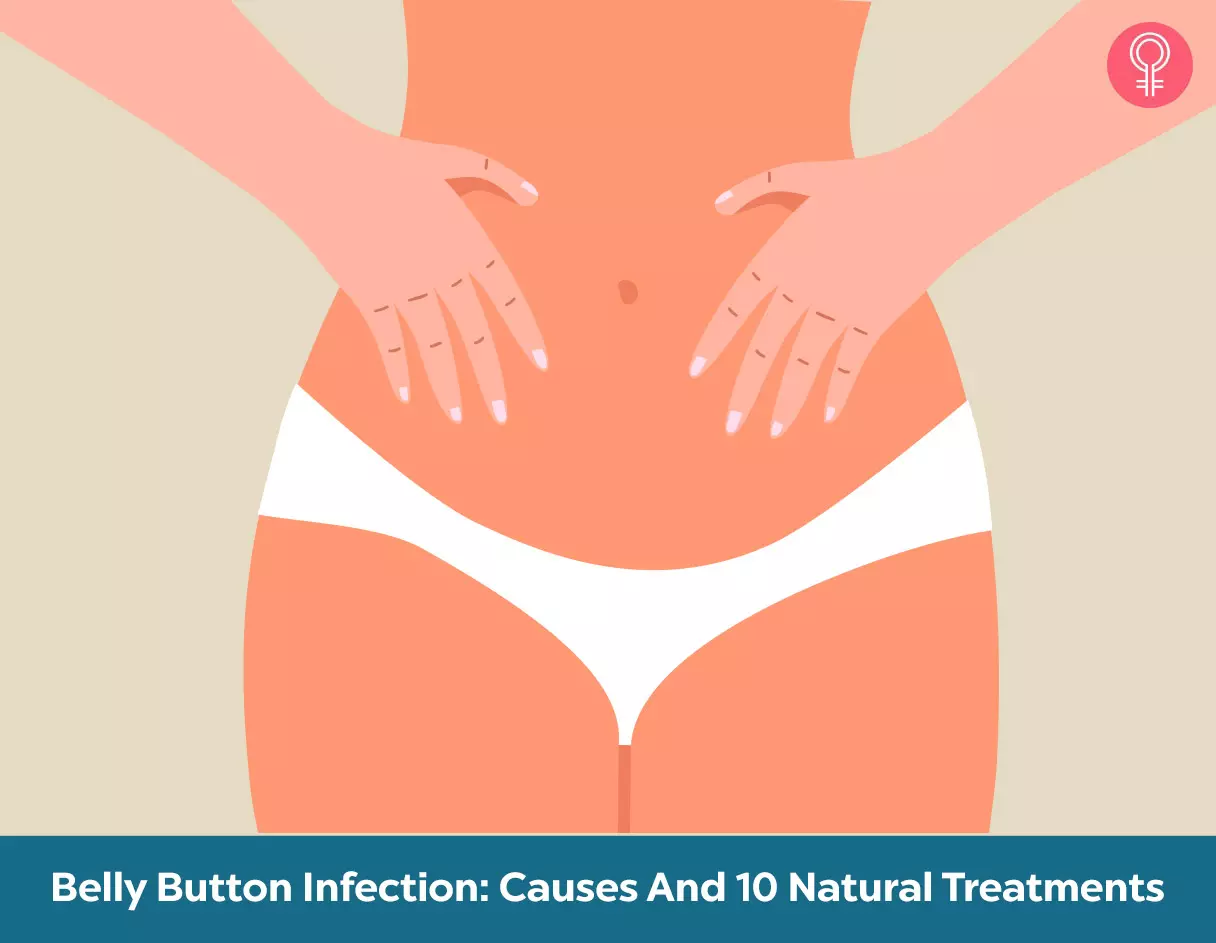
Image: Stable Diffusion/StyleCraze Design Team
Concerned about an infected belly button? Discover effective treatment methods in this essential video. Learn how to cleanse, disinfect, and promote healing for a healthy and pain-free belly button. Check it out!
References
Articles on StyleCraze are backed by verified information from peer-reviewed and academic research papers, reputed organizations, research institutions, and medical associations to ensure accuracy and relevance. Read our editorial policy to learn more.
- Antimicrobial effects of virgin coconut oil and its medium-chain fatty acids on Clostridium difficile, Journal of Medicinal Food, US National Library of Medicine, National Institutes of Health.
https://pubmed.ncbi.nlm.nih.gov/24328700/ - Anti-inflammatory, analgesic, and antipyretic activities of virgin coconut oil, Pharmaceutical Biology, US National Library of Medicine, National Institutes of Health.
https://pubmed.ncbi.nlm.nih.gov/20645831/ - Hypertonic saline solution reduces the inflammatory response in endotoxemic rats, Clinics (São Paulo, Brazil), US National Library of Medicine, National Institutes of Health.
https://www.ncbi.nlm.nih.gov/pmc/articles/PMC3521811/ - Antimicrobial properties of salt (NaCl) used for the preservation of natural casings, Food Microbiology, US National Library of Medicine, National Institutes of Health.
https://pubmed.ncbi.nlm.nih.gov/16943065/ - Body Piercing, Journal of General Internal Medicine, US National Library of Medicine, National Institutes of Health.
https://www.ncbi.nlm.nih.gov/pmc/articles/PMC1496593/ - Melaleuca alternifolia (Tea Tree) Oil: a Review of Antimicrobial and Other Medicinal Properties,Clinical Microbiology Reviews, US National Library of Medicine, National Institutes of Health.
https://www.ncbi.nlm.nih.gov/pmc/articles/PMC1360273/ - Anti-inflammatory effects of Melaleuca alternifolia essential oil on human polymorphonuclear neutrophils and monocytes, Free Radical Research, US National Library of Medicine, National Institutes of Health.
https://pubmed.ncbi.nlm.nih.gov/15493453/ - Antibacterial and antifungal activity of ten essential oils in vitro, Microbios, US National Library of Medicine, National Institutes of Health.
https://pubmed.ncbi.nlm.nih.gov/8893526/ - Hydrogen Peroxide: A Potential Wound Therapeutic Target? Medical Principles and Practice, Health Science Centre, US National Library of Medicine, National Institutes of Health.
https://pubmed.ncbi.nlm.nih.gov/28384636/ - Hydrogen Peroxide Wound Irrigation in Orthopaedic Surgery, Journal of Bone and Joint Infection, US National Library of Medicine, National Institutes of Health.
https://www.ncbi.nlm.nih.gov/pmc/articles/PMC5423573/ - Vinegar: Medicinal Uses and Antiglycemic Effect, Medscape General Medicine, US National Library of Medicine, National Institutes of Health.
https://www.ncbi.nlm.nih.gov/pmc/articles/PMC1785201/ - Evaluation of biological properties and clinical effectiveness of Aloe vera: A systematic review, Journal of Traditional and Complementary Medicine, US National Library of Medicine, National Institutes of Health.
https://www.ncbi.nlm.nih.gov/pmc/articles/PMC4488101/ - Evaluation of antimicrobial efficacy of Aloe vera and its effectiveness in decontaminating gutta percha cones, Journal of Conservative Dentistry, US National Library of Medicine, National Institutes of Health.
https://www.ncbi.nlm.nih.gov/pmc/articles/PMC3410334/ - Antiinflammatory activity of extracts from Aloe vera gel, Journal of Ethnopharmacology, US National Library of Medicine, National Institutes of Health.
https://pubmed.ncbi.nlm.nih.gov/9121170/ - Chapter 13 Turmeric, the Golden Spice, Herbal Medicine: Biomolecular and Clinical Aspects. 2nd edition, National Center for Biotechnology Information, National Institutes of Health.
https://www.ncbi.nlm.nih.gov/books/NBK92752/ - Anti-inflammatory properties of curcumin, a major constituent of Curcuma longa: a review of preclinical and clinical research, Alternative Medicine Review, US National Library of Medicine, National Institutes of Health.
https://pubmed.ncbi.nlm.nih.gov/19594223/ - A Review on Antibacterial, Antiviral, and Antifungal Activity of Curcumin, BioMed Research International, US National Library of Medicine, National Institutes of Health.
https://www.ncbi.nlm.nih.gov/pmc/articles/PMC4022204/ - Curcumin as a wound healing agent, Life Sciences, US National Library of Medicine, National Institutes of Health.
https://pubmed.ncbi.nlm.nih.gov/25200875/ - Therapeutics Role of Azadirachta indica (Neem) and Their Active Constituents in Diseases Prevention and Treatment, Evidence-based Complementary and Alternative Medicine, US National Library of Medicine, National Institutes of Health.
https://www.ncbi.nlm.nih.gov/pmc/articles/PMC4791507/ - Anti-inflammatory, pro-apoptotic, and anti-proliferative effects of a methanolic neem (Azadirachta indica) leaf extract are mediated via modulation of the nuclear factor-κB pathway, Genes & Nutrition, US National Library of Medicine, National Institutes of Health.
https://www.ncbi.nlm.nih.gov/pmc/articles/PMC3092905/ - Antiseptics and Disinfectants: Activity, Action, and Resistance, Clinical Microbiology Reviews, US National Library of Medicine, National Institutes of Health.
https://www.ncbi.nlm.nih.gov/books/NBK214356/ - Antiseptics and Disinfectants: Activity, Action, and Resistance, Clinical Microbiology Reviews, US National Library of Medicine, National Institutes of Health.
https://www.ncbi.nlm.nih.gov/books/NBK214356/ - The therapeutic wound healing bioactivities of various medicinal plants US National Library of Medicine National Institutes of Health.
https://www.ncbi.nlm.nih.gov/pmc/articles/PMC9960863/ - The impact of calendula ointment on cesarean wound healing: A randomized controlled clinical trial US National Library of Medicine National Institutes of Health.
https://www.ncbi.nlm.nih.gov/pmc/articles/PMC6259546/ - Antiviral potential of garlic (Allium sativum) and its organosulfur compounds: A systematic update of pre-clinical and clinical data US National Library of Medicine National Institutes of Health.
https://www.ncbi.nlm.nih.gov/pmc/articles/PMC7434784/ - The Antimicrobial Potential of the Neem Tree Azadirachta indica US National Library of Medicine National Institutes of Health.
https://www.ncbi.nlm.nih.gov/pmc/articles/PMC9195866/ - Chamomile: A herbal medicine of the past with bright future US National Library of Medicine National Institutes of Health.
https://www.ncbi.nlm.nih.gov/pmc/articles/PMC2995283/
Read full bio of Dr. Zeel Gandhi
- Anna is a licensed esthetician and the founder and owner of Beauty and Cutie®, a skin care brand from New York. Her interest in nutrition analysis and beauty propelled her to obtain a certification in Nutrition Science from the Stanford Center for Health Education. She later went on to develop and successfully market her product to improve the health of one's hair, skin, and nails. Anna’s holistic approach to safe, non–toxic yet effective products along with her understanding of ingredients give her the ability to educate women all around the world about the importance of clean beauty. She has been featured as a special guest in mzines, articles, podcasts, and multiple radio shows.
 Anna is a licensed esthetician and the founder and owner of Beauty and Cutie®, a skin care brand from New York. Her interest in nutrition analysis and beauty propelled her to obtain a certification in Nutrition Science from the Stanford Center for Health Education. She later went on to develop and successfully market her product to improve the health of one's hair, skin, and nails. Anna’s holistic approach to safe, non–toxic yet effective products along with her understanding of ingredients give her the ability to educate women all around the world about the importance of clean beauty. She has been featured as a special guest in mzines, articles, podcasts, and multiple radio shows.
Anna is a licensed esthetician and the founder and owner of Beauty and Cutie®, a skin care brand from New York. Her interest in nutrition analysis and beauty propelled her to obtain a certification in Nutrition Science from the Stanford Center for Health Education. She later went on to develop and successfully market her product to improve the health of one's hair, skin, and nails. Anna’s holistic approach to safe, non–toxic yet effective products along with her understanding of ingredients give her the ability to educate women all around the world about the importance of clean beauty. She has been featured as a special guest in mzines, articles, podcasts, and multiple radio shows. - Dr. Anna Chacon, MD, FAAD, is a double board-certified dermatologist with over 7 years of experience. She has authored many peer-reviewed articles and managed clinical research studies during her fellowship. She completed her medical school in the PLME (Program of Liberal Medical Education) at Brown University.
 Dr. Anna Chacon, MD, FAAD, is a double board-certified dermatologist with over 7 years of experience. She has authored many peer-reviewed articles and managed clinical research studies during her fellowship. She completed her medical school in the PLME (Program of Liberal Medical Education) at Brown University.
Dr. Anna Chacon, MD, FAAD, is a double board-certified dermatologist with over 7 years of experience. She has authored many peer-reviewed articles and managed clinical research studies during her fellowship. She completed her medical school in the PLME (Program of Liberal Medical Education) at Brown University.
Read full bio of Shaheen Naser
Read full bio of Arshiya Syeda
Read full bio of Dipti Sharma










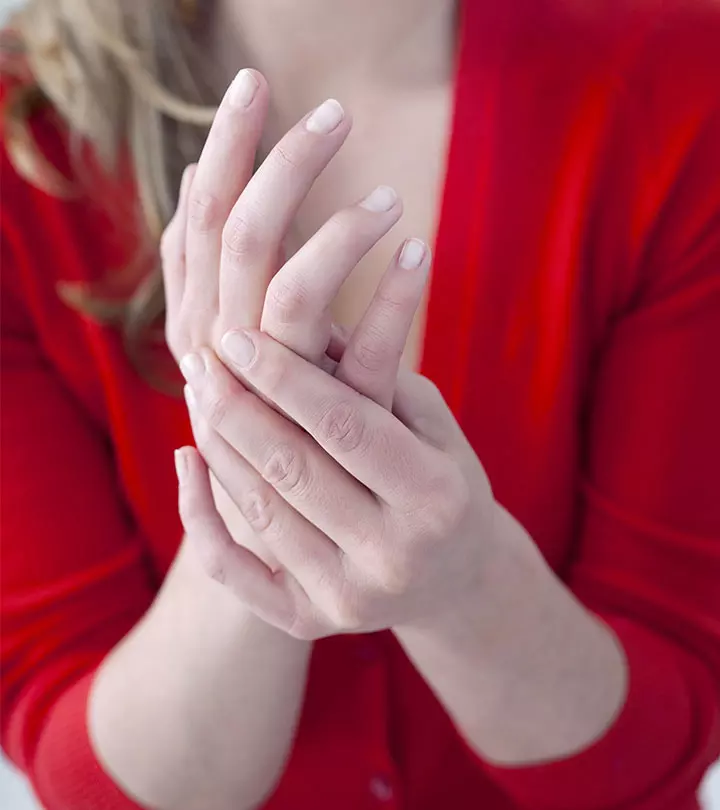


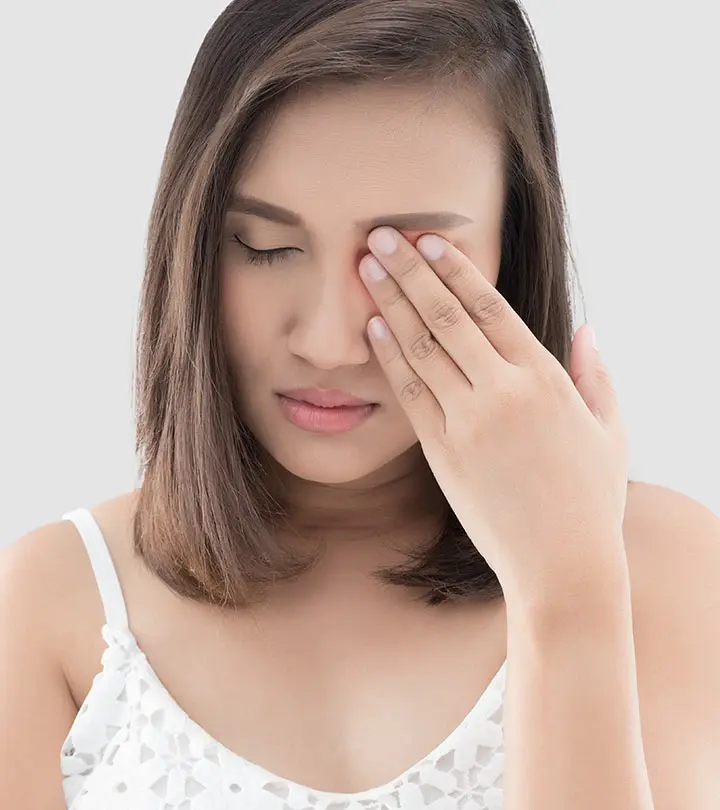
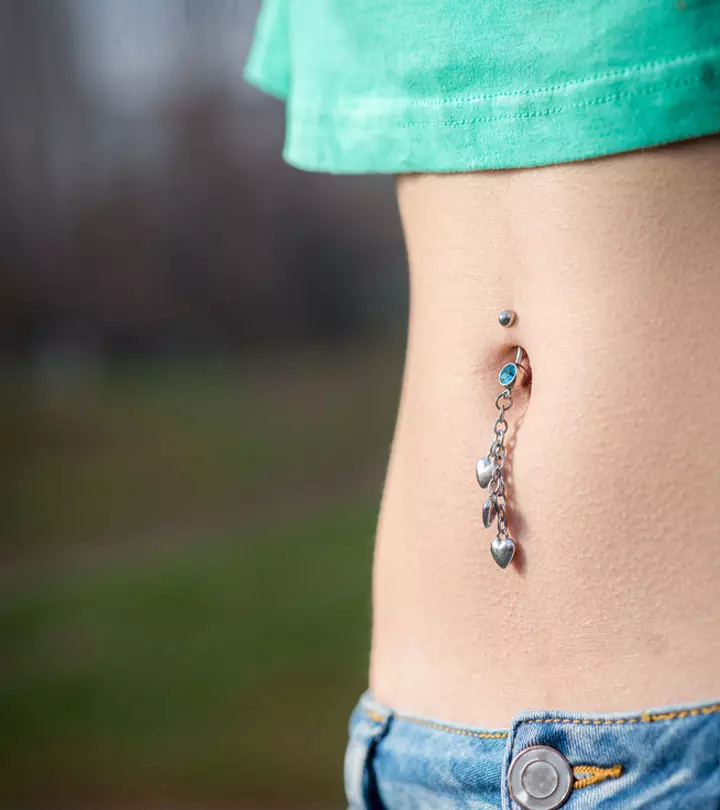


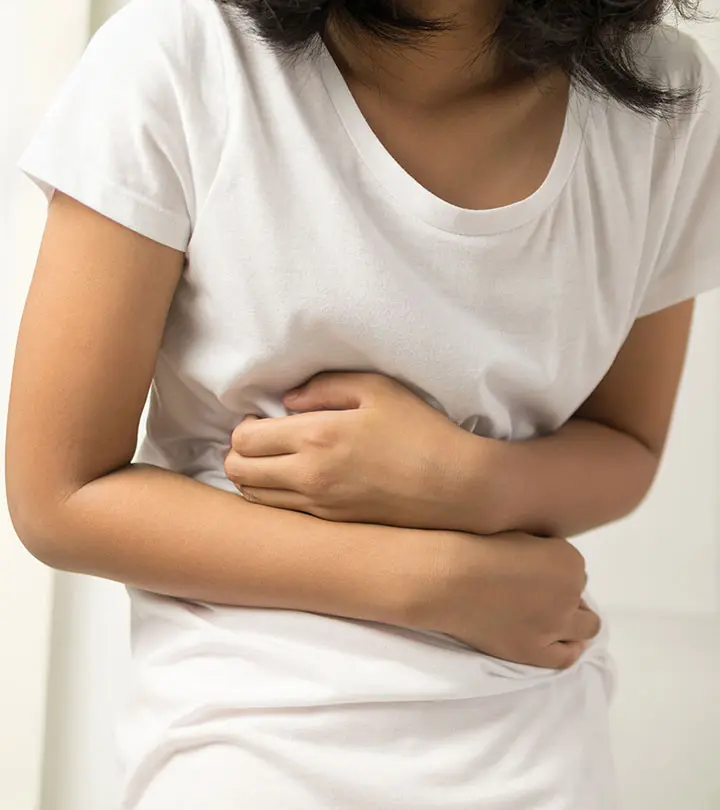


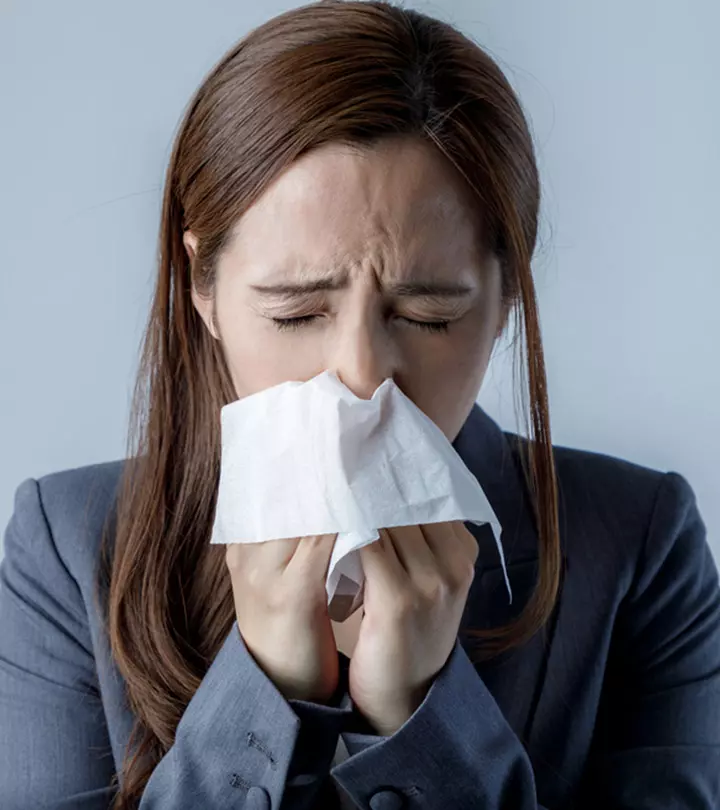



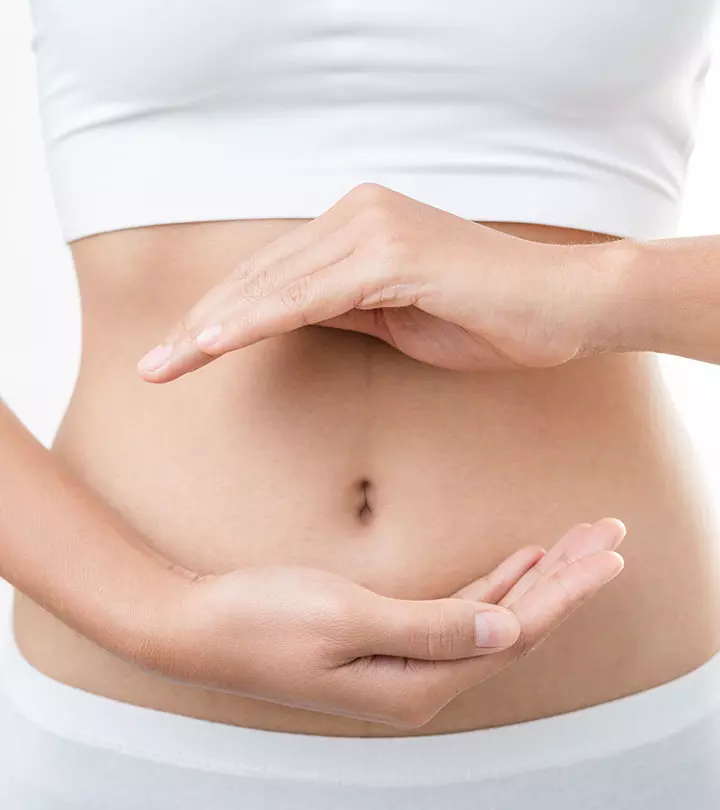
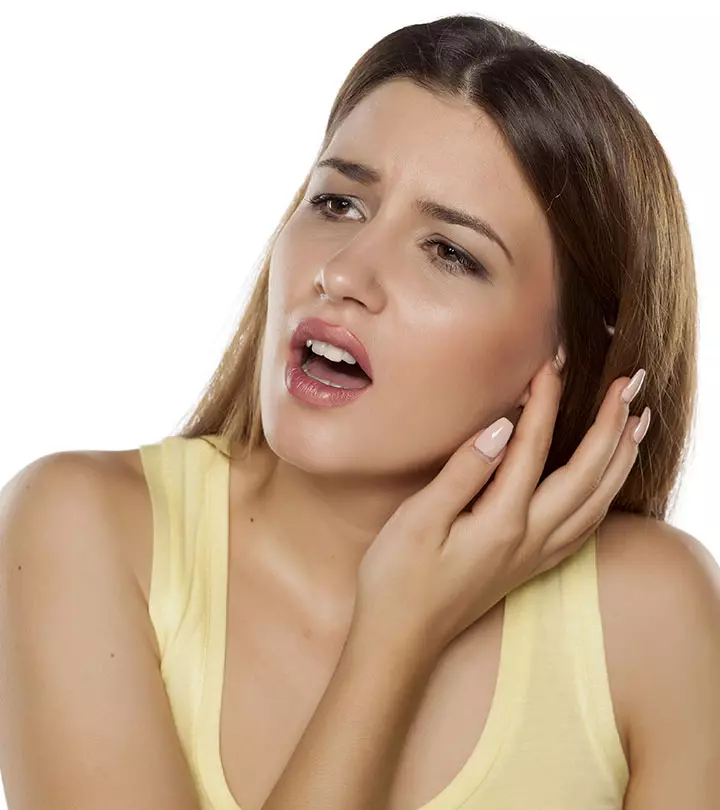

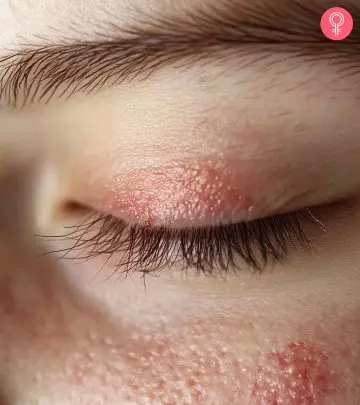
Community Experiences
Join the conversation and become a part of our empowering community! Share your stories, experiences, and insights to connect with other beauty, lifestyle, and health enthusiasts.